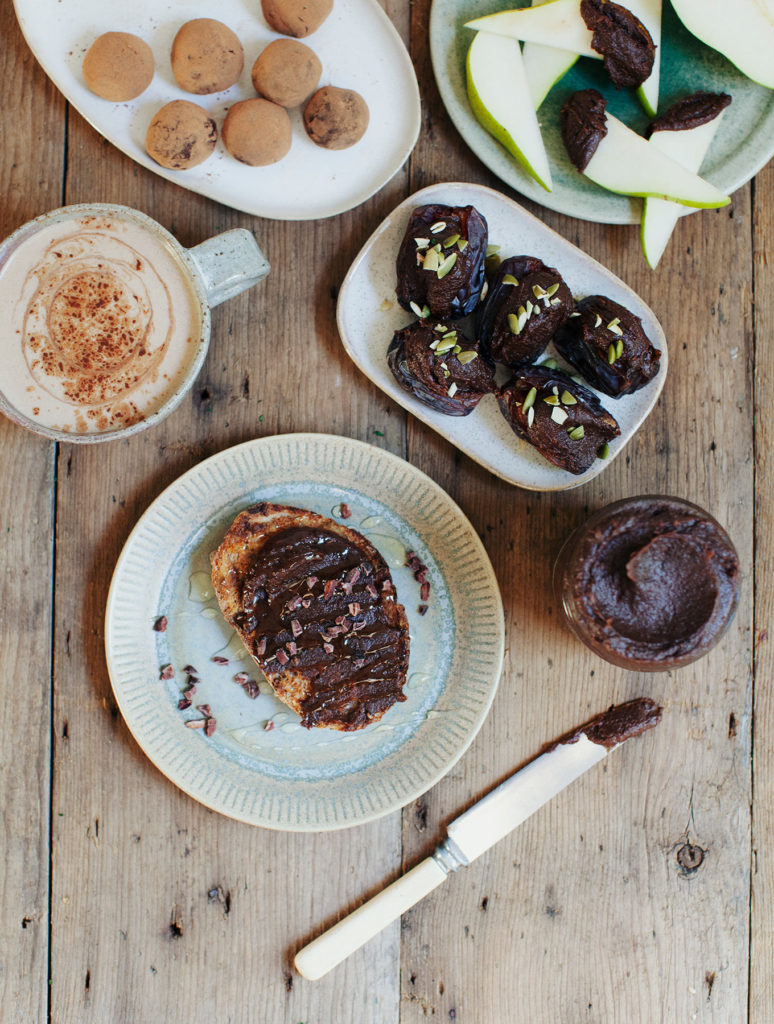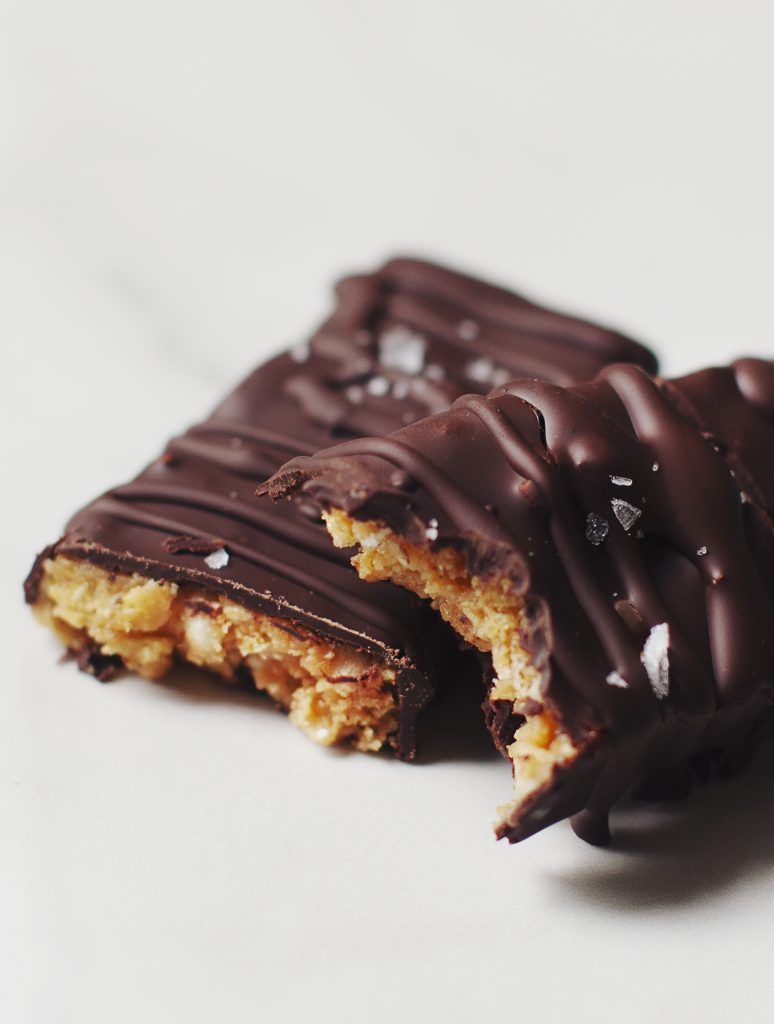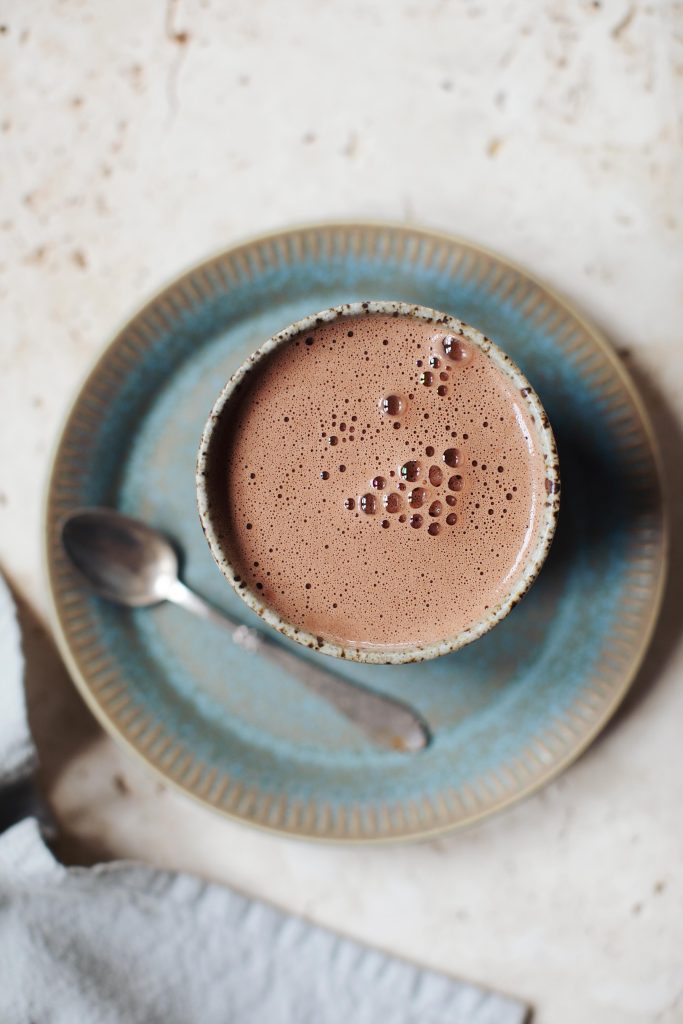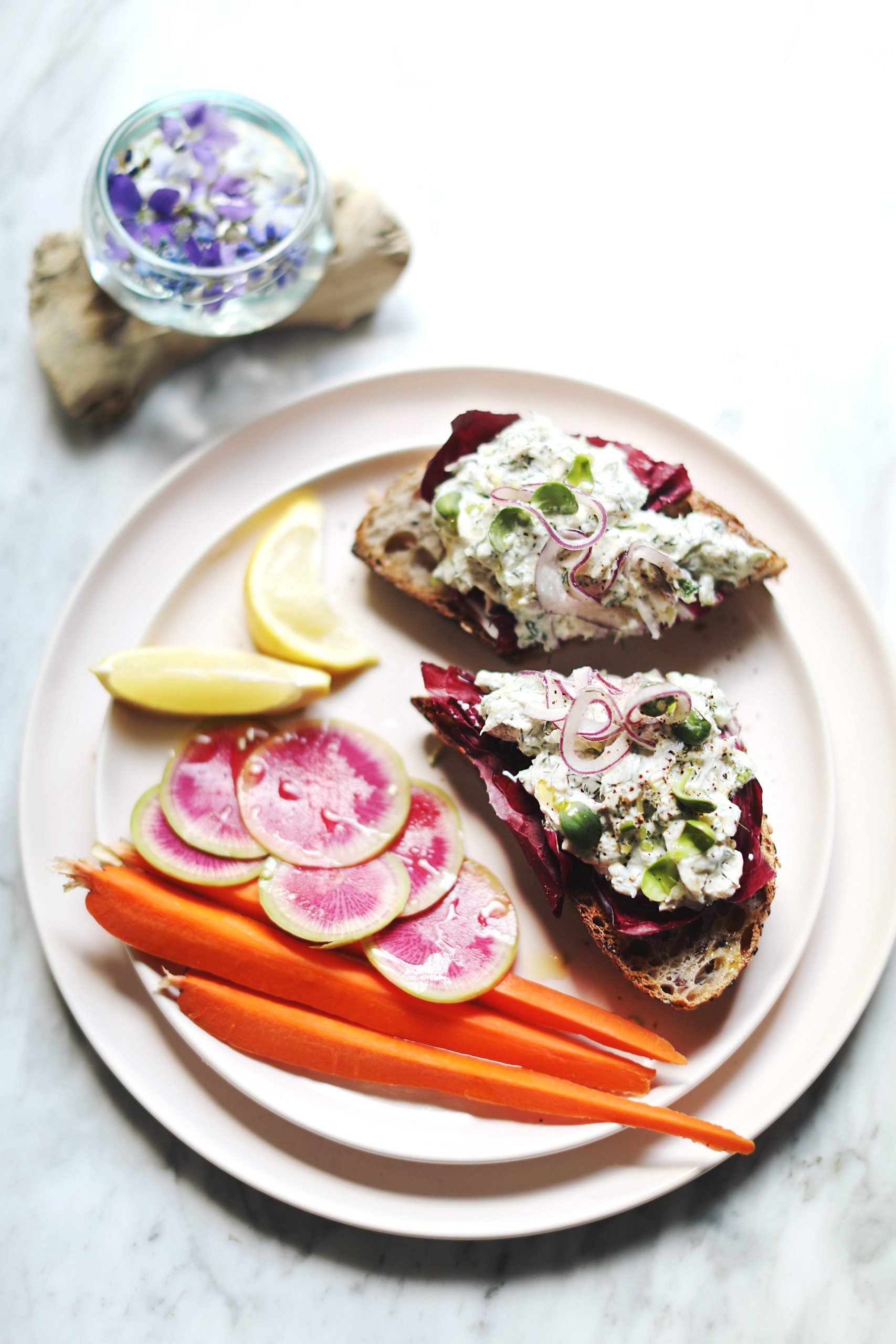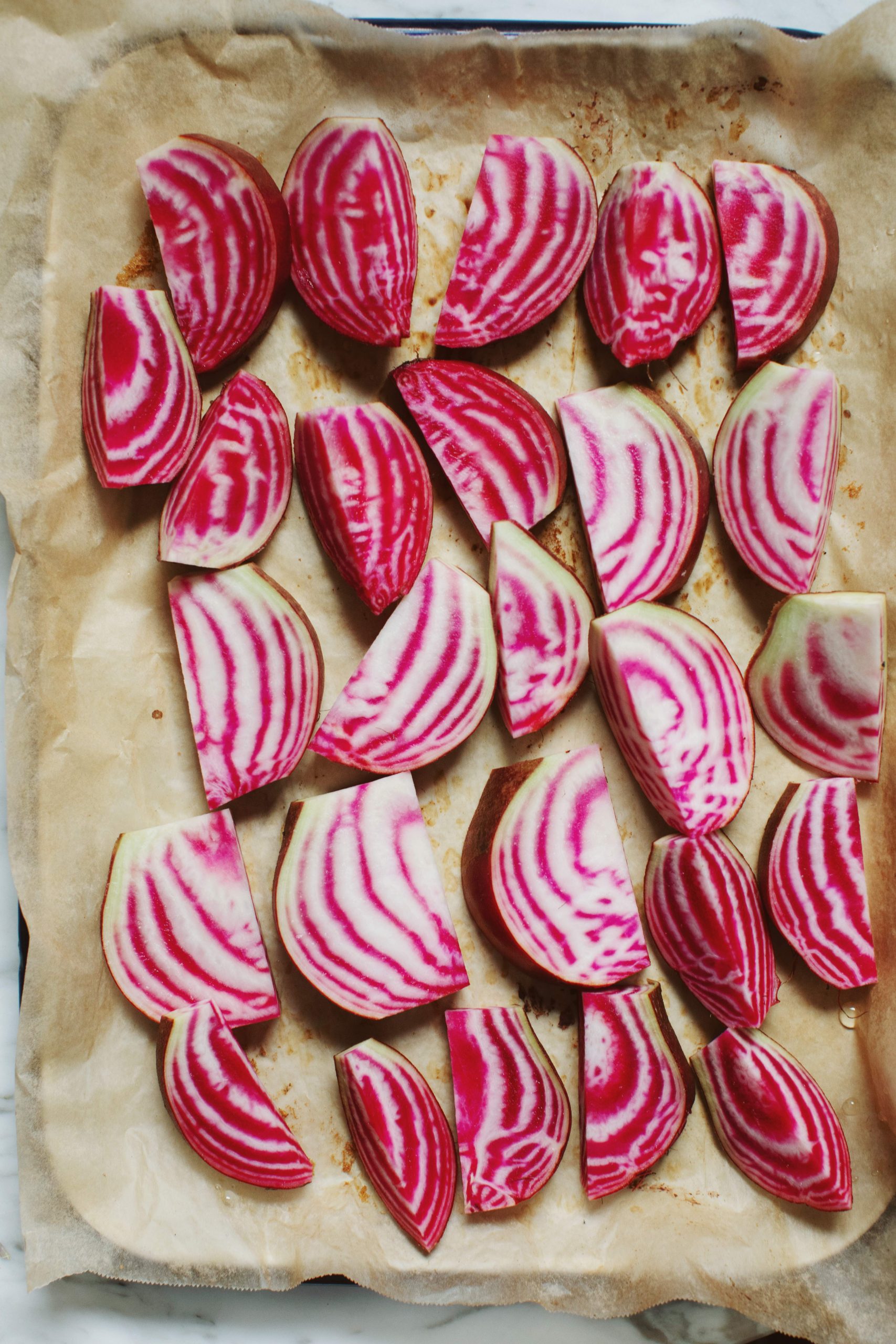Cacao and cocoa powder are commonly-purchased products used in a wide variety of dishes. While they may look similar upon first glance, their differences easily separate them into two distinct categories.
While both originate from the cacao bean, cocoa powder is processed at much higher temperatures, destroying some of its nutritional value and no longer classifying it as a raw food. Depending on the manufacturer, cocoa powder may also contain sugar, milk, or other additives.
Cacao on the other hand is processed at much lower temperatures before it’s milled into a powder, preserving most of the beans’ nutrients and rendering a highly nutritious superfood. Due to the minimal processing and higher nutrient profile, it is quite bitter in flavour while cocoa powder has a sweeter, delicate taste.
- Raw cacao is one of the best sources of magnesium found in nature! In addition to containing high amounts of calcium, zinc, iron, copper, sulfur, and potassium.
- It holds many chemicals that enhance physical and mental well-being, including alkaloids, proteins, magnesium, beta-carotene, leucine, linoleic acid, lipase, lysine, and some neurotransmitters such as dopamine and anandamide.
- Contrary to belief, cacao does not contain caffeine. Instead, it provides a shot of theobromine, an alkaloid that acts similarly to caffeine but offers longer-lasting energy versus the classic spike-crash response we see with caffeine. Theobromine is also responsible for chocolate’s distinctive bitterness.
- It is one of the highest sources of plant-derived iron!
- Cacao has been shown to protect against nerve damage, lower blood pressure, reduce inflammation, boost heart health, and support the immune system.
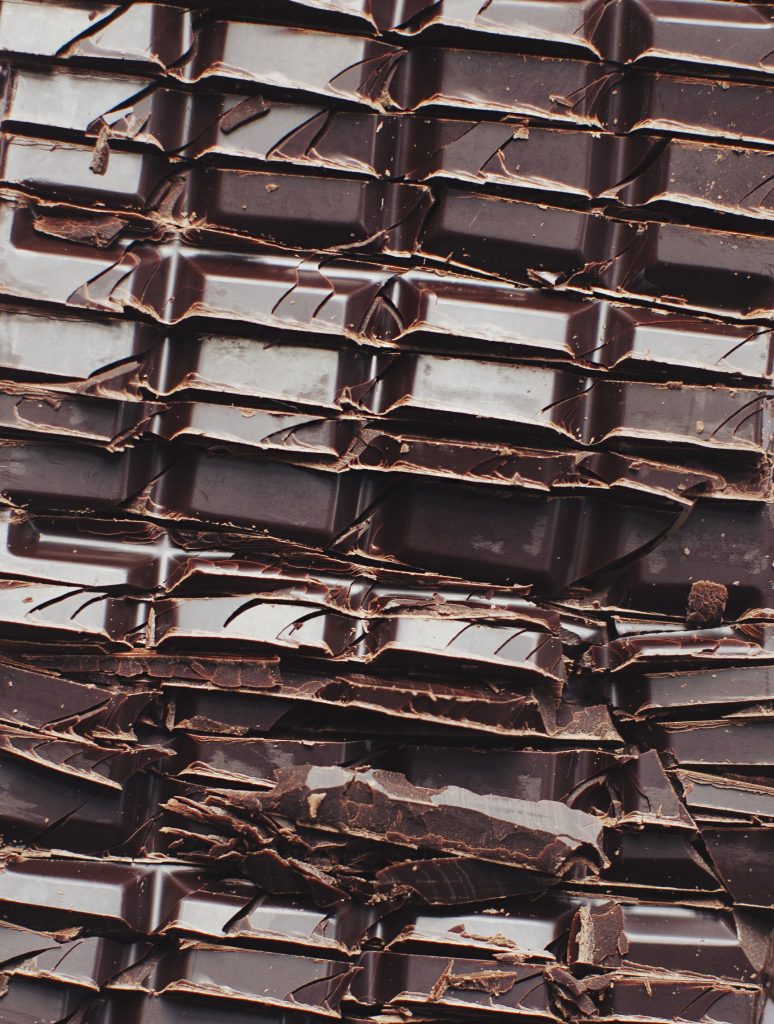
About Cacao
This heart-opening superfood derives from the Theobroma Cacao tree, Latin for “food of the gods.” Native to tropical climates in Central and South America, cacao has been used for centuries by the Mayans and Aztecs. It was originally cultivated as a medicinal tool and consumed during religious rituals as a form of praise and celebration. Today, over 70% of cacao is now grown in West Africa where it thrives due to its large rainfall and warm climate.
Although chocolate is widely available today, the process by which it’s produced is meticulous, timely, and delicate, requiring plenty of love and attention. A single cacao bean will take 5 years to grow! Cacao is a true miracle and gift we get to consume.
To begin its harvesting, cacao pods are picked from the trees and split open, revealing the cacao bean that took nearly 5 years to grow. Scooped out by hand, the cacao beans are then laid to ferment for a few days. Afterward, the beans are placed in the sun to dry out for 1-2 weeks. The sunlight darkens the cacao bean, enriching its immaculate flavor. Once their sunbathing has ended, the shells are stripped and smashed into cacao nibs which may be sold as is, in its purest form, or instead, ground up into a raw paste.
There are many types of cacao beans with different shapes and colours that produce a wide range of flavours! This is why some chocolate may have a nuttier, fruity, or floral taste.
Buying
You can find raw cacao in many forms: cacao nibs, paste, powder, chocolate bars, and more. Sadly, standard practice in growing cacao beans often involves many chemicals from irradiation and pesticides, so if you’re in the market for raw cacao, this is a food I highly recommend purchasing certified organic. Be sure to double-check that the label reads “cacao” not “cocoa” as it’s easy to confuse the two.
Unfortunately, cacao farmers are grossly underpaid and working conditions are often unethical nor sustainable. There are many labels you can look for when purchasing chocolate that helps to distinguish chocolate companies supporting higher wages, sustainable practices, and ethical work environments.
Fair Trade Chocolate: A nonprofit group that acts as the middleman to “connect disadvantaged producers and consumers, promote fairer trading conditions and empower producers to combat poverty, strengthen their position and take more control over their lives.” They focus on providing fair wages that go up when farmers produce organic products. It is difficult to physically visit each farm to monitor their growing practices though, so ensuring these standards are held can be quite challenging.
Direct Trade Chocolate: Takes things a step further, companies with this label commit to having a direct relationship with the farmers producing their cacao. This cuts out the middleman who often takes a percentage of the profits. The farmer and producer rely on one another, fostering a strong, trustworthy relationship. There is no certification for Direct Trade though, so manufacturers may add pictures or other details indicating they work directly with the farmers. This chocolate is often more expensive, paying farmers a higher wage for their work.
And as of late, chocolate has been in the headlines due to reports of high levels of heavy metals. Many reputable chocolate brands are alerting their customers about their test results, their quality beans and processing methods, and communicating with transparency about their products. Chocolate is not to be feared, but it is important that we are aware of the choices we are making! My favourite brand of chocolate bar as of late, Spring & Mulberry, gets a green light if you’re looking to make the switch!
Storing
It is best to store raw cacao in a dry, cool location in your home. Avoid refrigeration unless you live in a hot and humid climate – chocolate’s enemy. It is also good to avoid fluctuating temperatures, so wherever you decide to store it, keep it there!
Some Recipes in Grow
